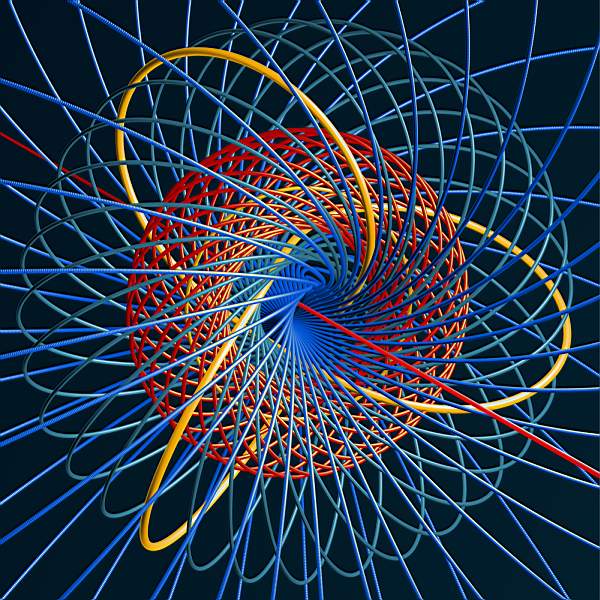The 3-sphere has infinitely many Seifert fibrations with generic fiber a torus knot (including the unknot).
For a $(p,q)$ torus knot, the Hopf invariant will be $pq$ (up to sign). To see this, note that the fibration has two exceptional fibers which form the Hopf link (these are the red line and yellow circle in the image). The generic fibers wrap $p$ times around one of these, and $q$ times around the other, so have linking number $pq$.
In fact, then, one can represent each homotopy ofclass in $\pi_3(S^2)$ by a Seifert fibration with a single exceptional fiber (so all fibers are unknots, generically a $(p,1)$ curve on the Clifford torus).
These are (non-locally trivial) ``principal bundles" in the sense that there is an action of $S^1$ whose orbits are the fibers of the fibration. If $S^3\subset \mathbb{C}^2$ as the unit sphere, then the action is $(z_1,z_2)\to (z^pz_1,z^qz_2)$, for $z\in S^1= \{z\in \mathbb{C}, |z|=1\}$.

